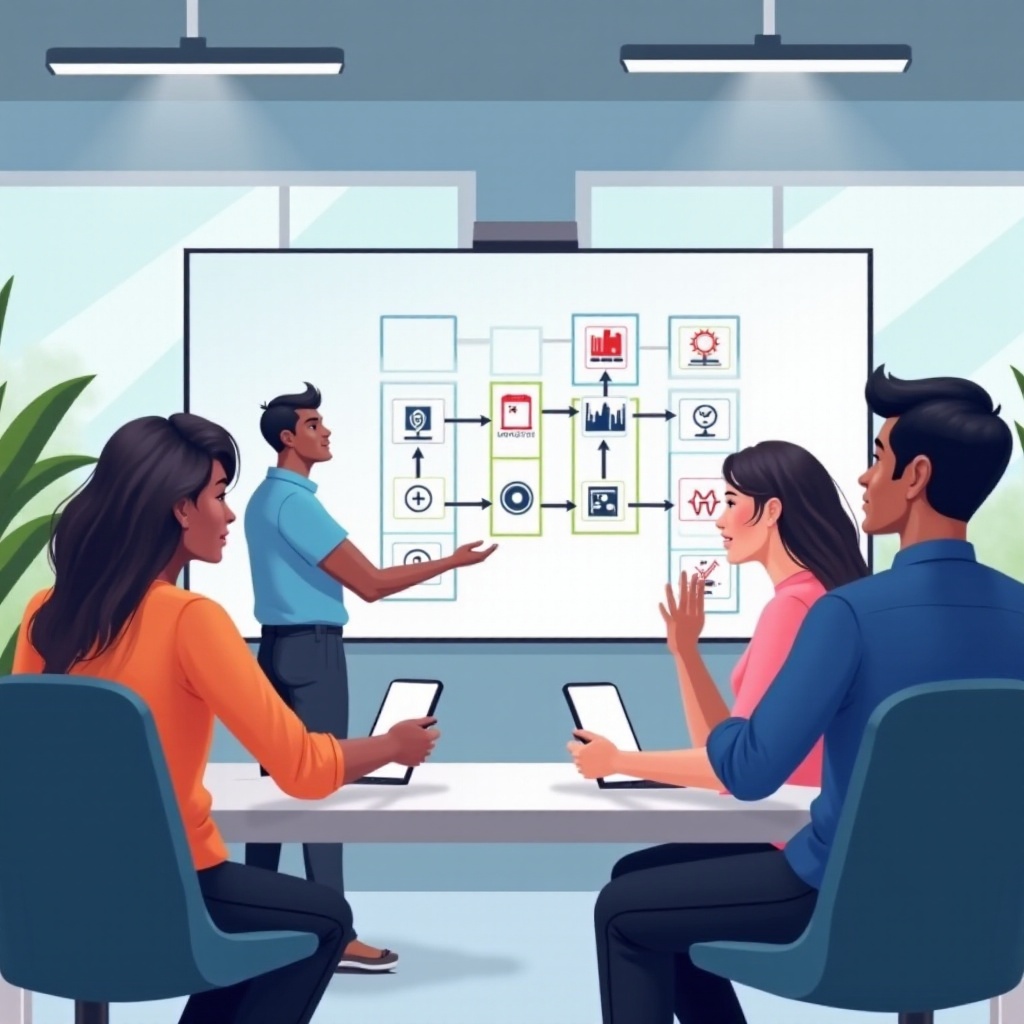Introduction
Cell phone calls have become a fundamental aspect of daily communication in the US, with their quality and clarity highly reliant on the underlying technology known as codecs. But what exactly is a codec, and how does it influence your phone conversations? This comprehensive guide aims to demystify codecs, explain their significance, and explore their evolution and future trends.

Understanding Codecs
Simply put, a codec is a device or software that compresses and decompresses digital data, particularly for audio and video signals. In the context of cell phone calls, codecs encode voice signals into digital form for transmission and decode them back into audio at the receiving end. The term ‘codec’ is a combination of ‘coder’ and ‘decoder.
Codecs play a critical role in digital communication systems, significantly impacting the clarity, quality, and efficiency of voice transmission. They help convert analog voice signals into digital data, facilitating the transmission of large amounts of information over various networks, from traditional telecommunications infrastructure to modern VoIP (Voice over Internet Protocol) systems.

Types of Codecs Used in Cell Phone Calls
Several codecs are used for cell phone calls in the US, each with its unique features, benefits, and trade-offs. Let’s explore some of the most common ones:
-
AMR-NB (Adaptive Multi-Rate Narrowband): Widely used in GSM (Global System for Mobile Communications) and UMTS (Universal Mobile Telecommunications System) networks. It adjusts the bit rate to balance between call quality and network capacity.
-
AMR-WB (Adaptive Multi-Rate Wideband): Also known as HD Voice, this codec offers superior sound quality by utilizing a broader frequency range. It’s increasingly common in modern 4G LTE networks.
-
EVS (Enhanced Voice Services): A relatively new codec, EVS is designed for 4G and 5G networks, providing even higher quality audio than AMR-WB. It also supports broader bandwidths for superior call clarity.
-
G.711: Predominantly used in VoIP services, G.711 offers a high-quality audio experience by encoding voice at a standard bit rate without compression.
-
Opus: Known for its versatility, Opus can adapt to various network conditions and applications, offering an excellent balance of quality and efficiency for both voice and audio streaming.
How Codecs Impact Call Quality
The choice of codec directly impacts call quality. Factors such as bandwidth efficiency, latency, and audio fidelity play significant roles in determining the overall user experience.
Factors Influencing Call Quality
Bandwidth Efficiency: Codecs vary in how efficiently they use available bandwidth. For instance, AMR-NB adjusts its bit rate to match network capacity, preventing congestion while maintaining adequate call quality. Conversely, high-definition codecs like AMR-WB and EVS require more bandwidth but deliver superior audio.
Latency: This is the delay between speaking and hearing the voice at the other end. Codecs with higher compression may have increased latency, potentially affecting the natural flow of conversation.
Audio Fidelity: High-fidelity audio codecs like AMR-WB and EVS extend the frequency range, capturing more nuances in the voice. This leads to clearer, more natural-sounding conversations.
Several factors influence the quality of voice calls:
-
Network Type: Different carriers and network generations (2G, 3G, 4G, 5G) utilize different codecs and technologies, affecting call quality.
-
Signal Strength: Poor signal strength can degrade audio quality, regardless of the codec in use.
-
Hardware: The quality of the microphones, speakers, and other hardware components in your phone can impact call clarity.
Comparing Different Codecs
When comparing codecs, it’s essential to consider both quality and efficiency. For instance:
– AMR-NB vs. AMR-WB: AMR-WB offers better sound quality but uses more bandwidth.
– G.711 vs. Opus: G.711 provides uncompressed high-quality audio suitable for VoIP, while Opus is more adaptable and efficient for varying network conditions.

The Evolution of Codecs
The journey of codecs has been pivotal in the evolution of telecommunications. Initially, codecs like GSM and CDMA were designed to maximize the use of limited bandwidth. As technology advanced, so did the demand for higher audio quality, leading to the development of codecs such as AMR-WB and EVS.
Innovations in mobile networks, particularly the transition from 2G to 5G, have driven the continuous improvement of codec technologies. Modern codecs have evolved to offer not only better audio quality but also greater efficiency and adaptability to varying network conditions.
Future Trends in Codec Technology
The future of codec technology is promising, with new advancements focused on enhancing user experience and supporting next-generation networks. Key trends include:
- AI Integration: Utilizing artificial intelligence to optimize and adaptive codec performance in real-time, offering better quality under diverse conditions.
- Ultra-Low Latency: Developing codecs that can handle ultra-low latency, essential for applications like augmented reality (AR) and virtual reality (VR).
- Enhanced Connectivity: As 5G becomes mainstream, new codecs will be tailored to leverage its higher speed and lower latency for crystal-clear calls.
Conclusion
Understanding what a codec is and its significance in cell phone calls in the US illuminates its crucial role in our daily communications. From ensuring clear voice transmission to evolving with technology, codecs are foundational to modern telecommunication systems.
Frequently Asked Questions
What are the most common codecs used in US cell phone calls?
The most common codecs include AMR-NB, AMR-WB, EVS, G.711, and Opus.
How do codecs improve call quality?
Codecs improve call quality by efficiently compressing and decompressing audio signals, optimizing bandwidth usage, reducing latency, and enhancing audio fidelity.
What is the future of codec technology in telecommunications?
Future trends in codec technology focus on AI integration, ultra-low latency, and enhanced connectivity for next-generation networks like 5G, promising even clearer and more efficient voice communication.